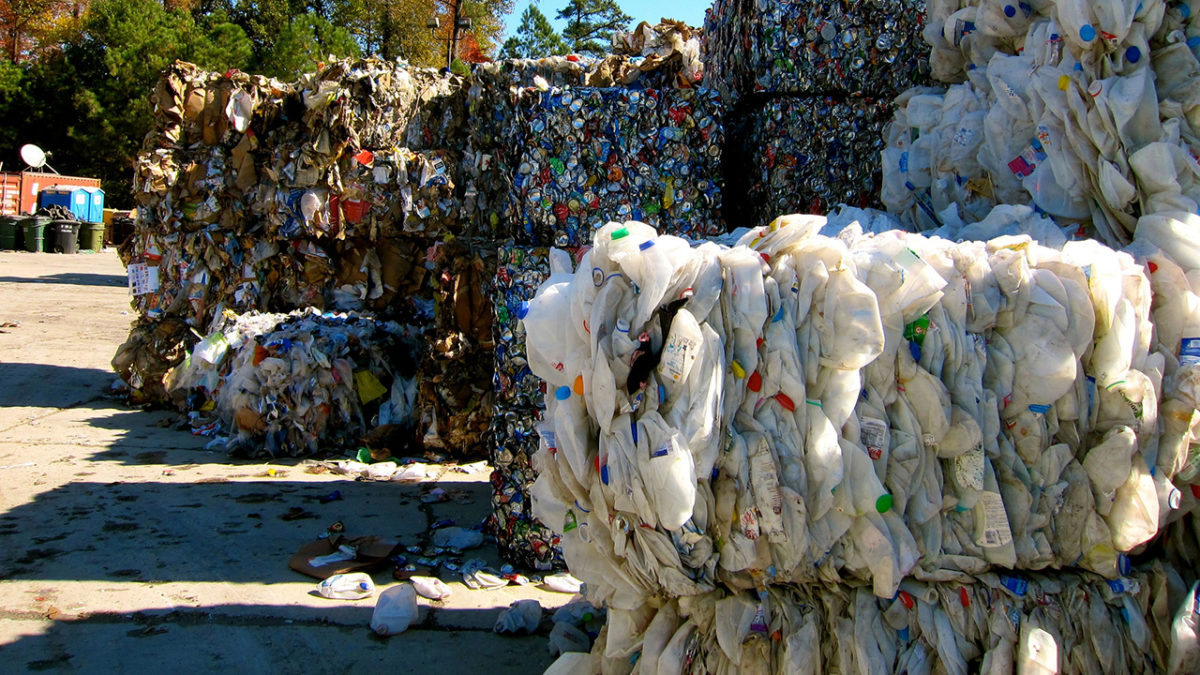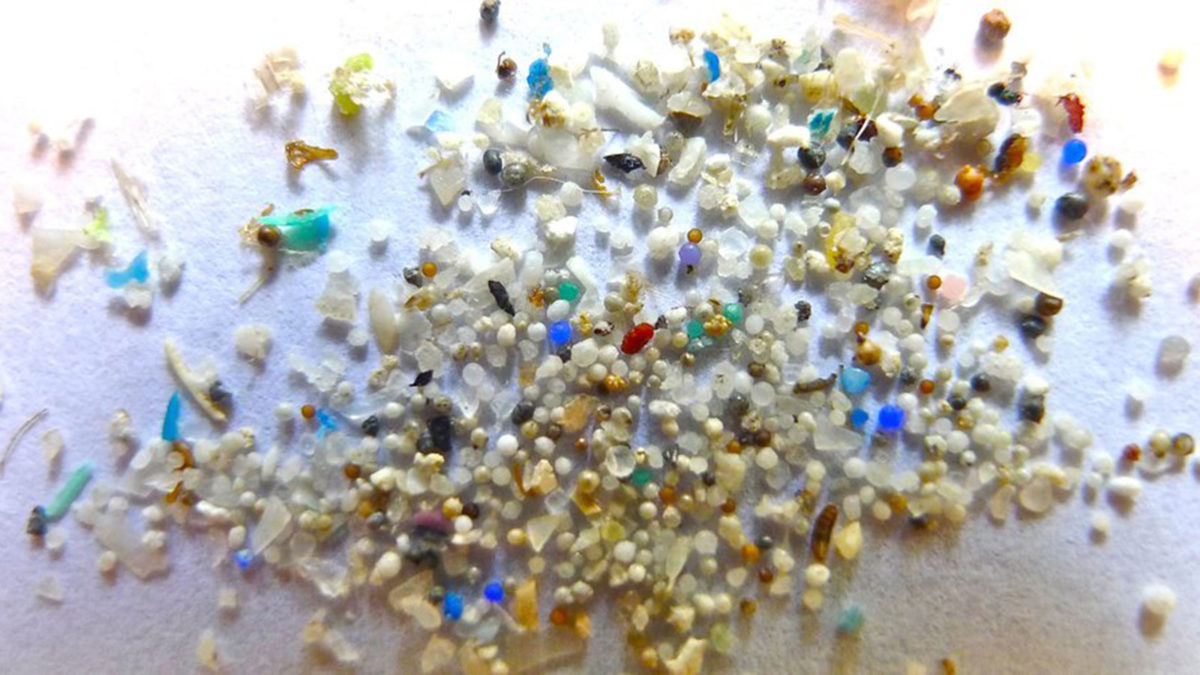This is the final of three Fun Fact entries focusing on GreenBlue’s mission alignment to Sustainable Materials Management, a robust framework with three main foci 1) Use Wisely looks at material sourcing; 2) Eliminate Toxicity from products and packaging, and 3) and Recover More value from the waste stream.
Eric DesRoberts continues his series of facts and tidbits he’s uncovered during his research to better understand materials used in products and packaging. You can check out his past Fun Facts here.
- Paper and paperboard accounts for over half of the total weight of materials recovered in the municipal solid waste (MSW) stream. In 2012, roughly 86.6 million tons of MSW was recovered and about 44.3 of this was attributable to paper or paperboard.
- U.S. food production uses roughly 10 percent of the country’s total energy budget, 50 percent of its land, and 80 percent of the freshwater consumed in the United States. Even more shocking is that roughly 40 percent of this food goes uneaten which equates to about $165 billion in waste. The toll is much greater when one accounts for the 4 percent of the U.S energy wasted, the unnecessary use of inputs used to farm 20 percent of the land, and the overuse of water for irrigation by 32 percent to produce the discarded food.
- From Thanksgiving to Christmas, household waste increases by more than 25%. We now know the true meaning of “Black Friday.”
- In 2013, 648,000 Ocean Conservancy volunteers collected over 12 million pounds of trash, covering nearly 13,000 miles of shoreline.
- If 50 percent of the food waste generated each year in the U.S. was anaerobically digested, enough electricity would be generated to power 2.5 million homes for a year.
















